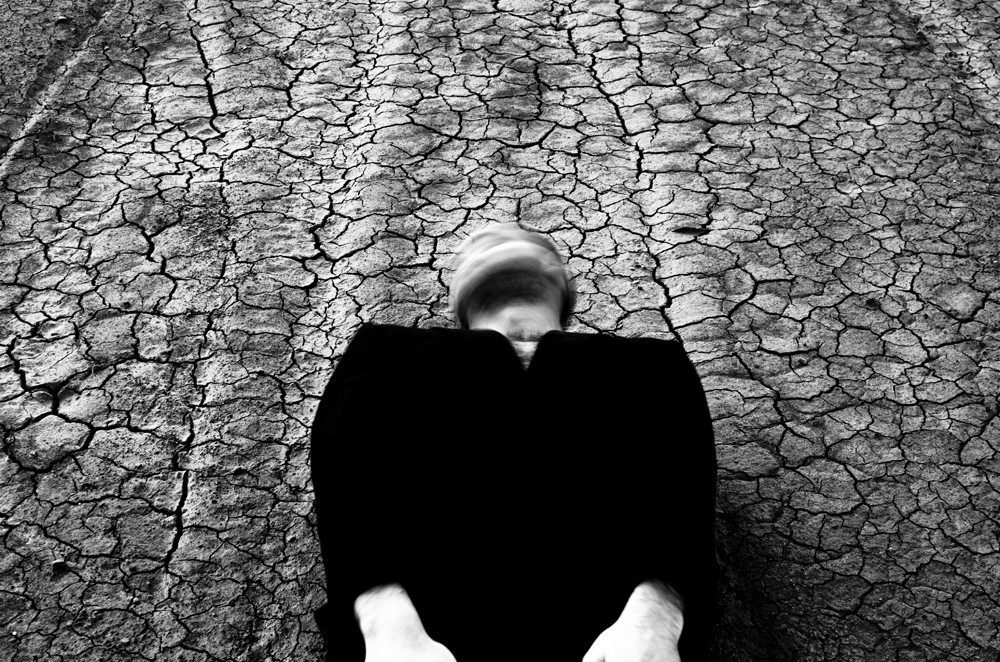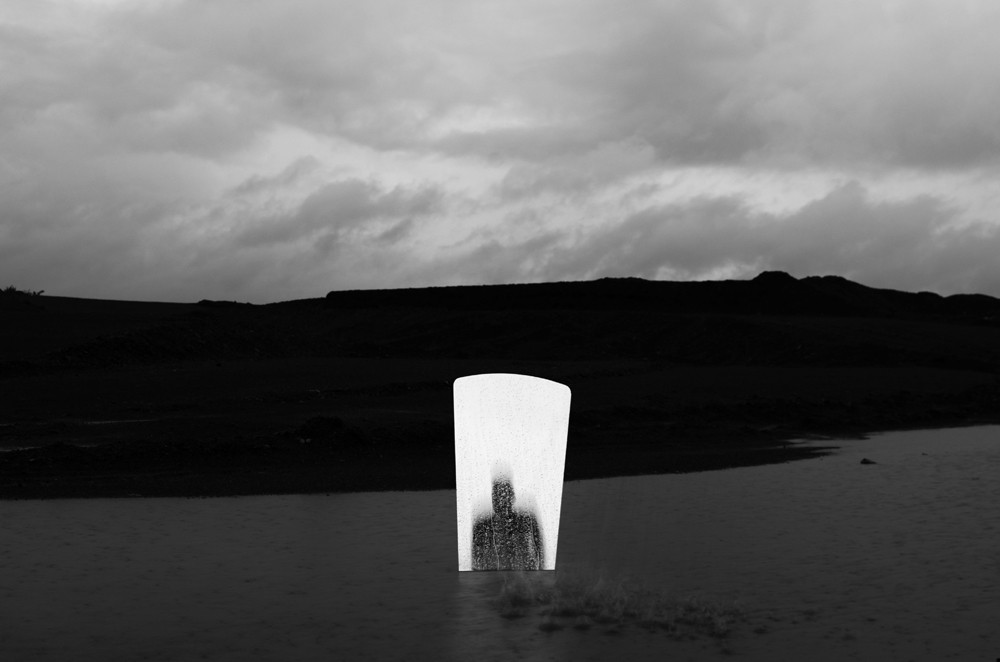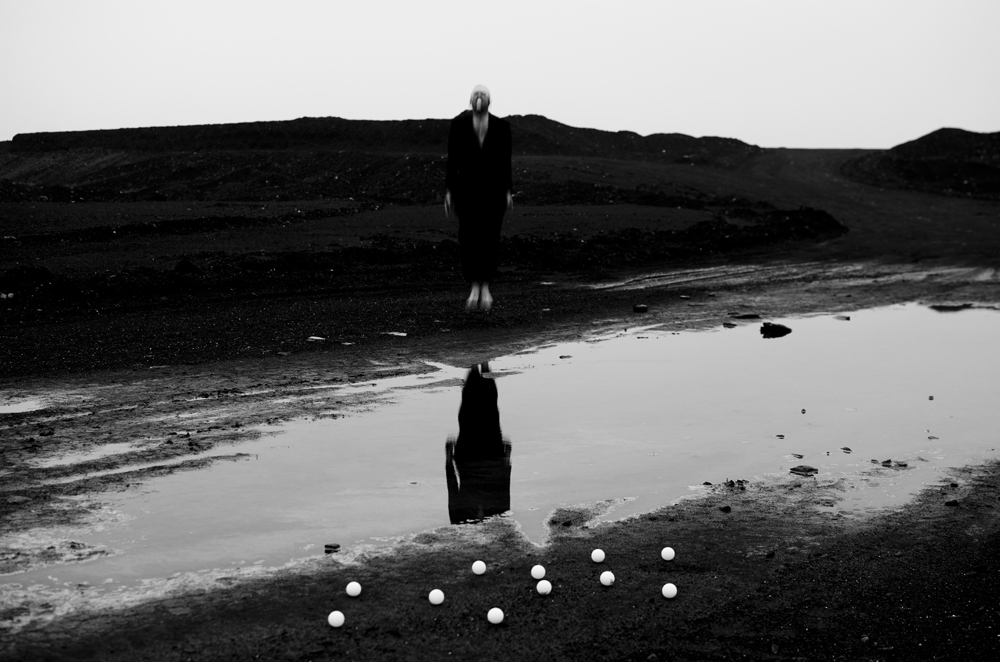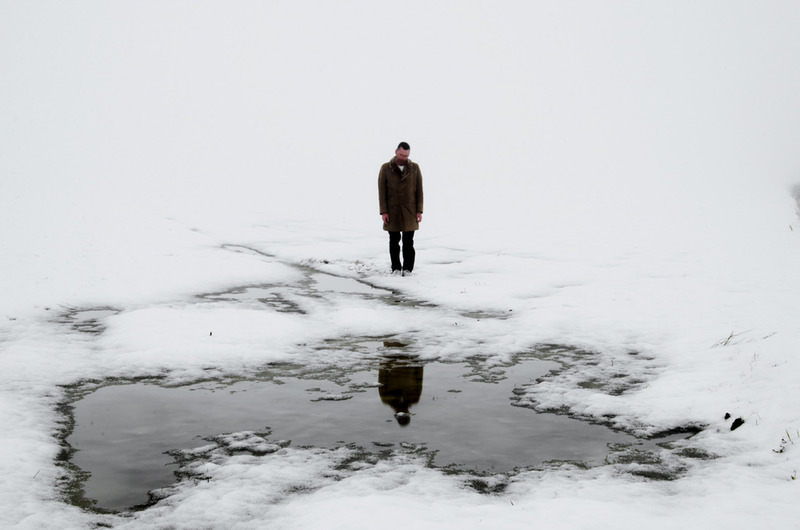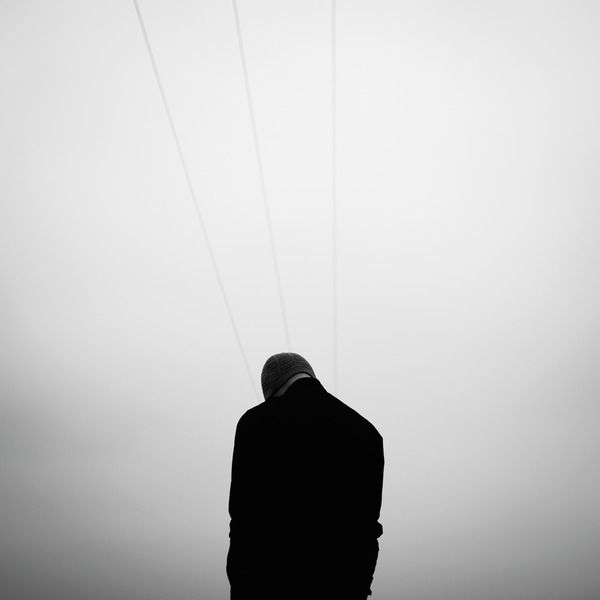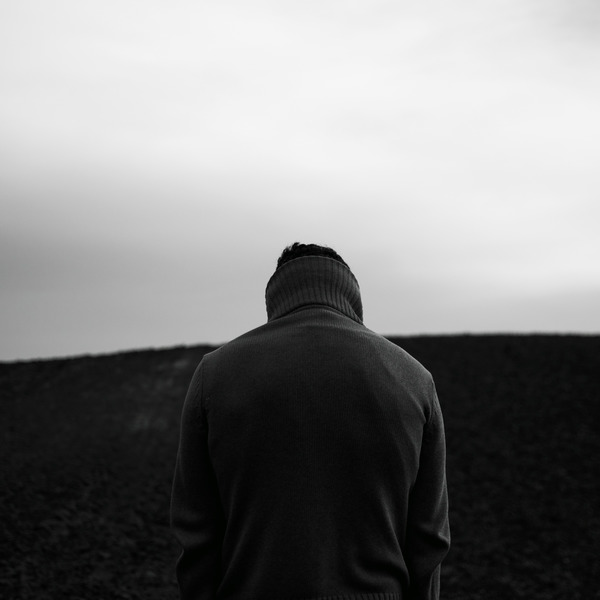METHODOLOGY OF ANALYSIS
Describing ~ FORM ~ What is here? What am I looking at?
Interpreting ~ MEANING ~ What is it about?
Evaluating ~ JUDGEMENT ~ How good is it?
Theorizing ~ CONTEXT ~ Is it art? How does it relate to the history and theory of photography, art and culture?

FORM
This photo has been spread over two A4 pages. It has a white frame and has been photographed in color. The photo is taken from inside the house looking out at a man who seems to be deep in thought. The subject is at the center of the image looking away from the camera. The sun is very bright causing an almost over exposed background. Due to it being taken behind a window it also caused glare. There are no bright colors only browns, blacks, greens and grays. The photo seems to be taken in a documentative style; not set up.
CONTEXT
This photo is from a collection that can be found in Laia Abril’s book ‘The Epilogue’. The subject of the photo is Cammy Robinson’s father Wejun. The book that features this photo is about Cammy and her lost battle against bulimia that lead to her death. The book is the aftermath of her death. The photos explore her families grief and the shock they felt. Abril has done two other projects on eating disorders this was here last project on subject so far.
MEANING
The photo is clearly of a grieving father. It’s a photo of those alone moments that many people have their life where they are just still. Those moments involve reflection, reflecting on the life one has lived, the regrets, the happy times, the deep frustration that may torment the soul. This is very much a happy/sad moment, this is displayed in the photo as there are neither really bright, saturated colors and the photo it not a dark photo either. I like the way the photo has been taken through a window as it’s almost as if, through the window, we get an insight to his raw emotions. The window represents more than just a glass plain it represents an emotional barrier that we are able to see through.
JUDGEMENT
The window works as a second frame causing us to focus on the man in the photo and really focus on his face. The color scheme of the photo displays a melancholy approach that works well, this may not have been planed however, it works. The main subject is at the center of the photo giving another way to tell the audience where to look. The subject is looking away from the camera allowing us to get sense that the subject does not know the camera is there and also showing us that he is not playing up to the camera. The over exposed sky allows the photo to still be bright but not too colorful. The photo is not like a tableaux photo that has been perfectly planned it’s a great documentative photo that has been well timed and framed allowing the photographer to convey the meaning they want to.

